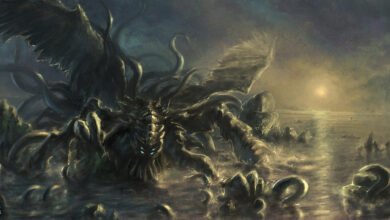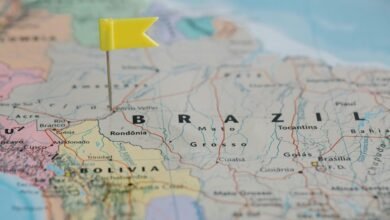Art:0zhedwdp4do= Geometry

The intersection of Art:0zhedwdp4do= Geometry has long been a rich territory for exploration, revealing how structured forms can evoke emotional responses and challenge perceptions. Notable figures such as M.C. Escher and Piet Mondrian have utilized geometric principles to create works that transcend mere aesthetics, inviting viewers to reconsider the nature of space and harmony. As we examine the foundational concepts of geometric art and its manifestations in the natural world, one must ponder: how will the advancements in technology further reshape this already intricate relationship?
The Basics of Geometric Art
Art:0zhedwdp4do= Geometry frequently serves as a foundational element in various artistic movements, characterized by the use of shapes, lines, and patterns to create visually compelling compositions.
The intentional arrangement of geometric shapes not only enhances aesthetic appeal but also engages with color theory, allowing artists to manipulate hues and contrasts.
This interplay invites viewers to explore deeper meanings and connections within the artwork, fostering a sense of freedom and expression.
Read more: Art:1fbud0u0pci= India
Influential Artists and Their Techniques
Several influential artists have significantly shaped the realm of geometric art through their unique techniques and innovative approaches.
M.C. Escher’s optical illusions challenge perception, while Piet Mondrian utilizes primary colors in abstract compositions to evoke harmony.
Frank Stella’s exploration of color theory enhances dimensionality, creating dynamic visual experiences.
Together, these artists have expanded the boundaries of geometric expression, inviting viewers into a world of structured creativity.
Geometric Patterns in Nature
Nature is replete with an astonishing variety of geometric patterns, each reflecting the mathematical principles that govern the natural world.
From the symmetrical designs of snowflakes to the intricate fractal patterns found in ferns, these formations illustrate the inherent order within chaos.
This interplay of geometry and biology invites us to appreciate the elegance of nature’s architecture, revealing profound connections between art and the environment.

The Future of Art and Geometry
As we explore the intricate relationship between art and geometry, it becomes evident that the evolving landscape of technology and creativity will further redefine this connection.
The rise of digital abstraction enhances spatial perception, allowing artists to manipulate geometric forms in unprecedented ways.
This fusion not only challenges traditional boundaries but also invites audiences to experience art in multifaceted dimensions, fostering a deeper understanding of both disciplines.
Read more: Mastering the Art of Digital Signage: Tips to Avoid Common Pitfalls and Maximize Impact
Conclusion
The interplay between Art:0zhedwdp4do= Geometry reveals an intriguing paradox: amidst the rigid structures of shapes and lines, boundless creativity flourishes. While one might assume that geometry confines artistic expression, it instead serves as a catalyst for innovation, inviting artists to transcend conventional boundaries. The evolution of geometric art, from the intricate patterns of nature to the digital realms of creation, underscores the irony that within the constraints of mathematics, true artistic freedom finds its most vibrant expression.







